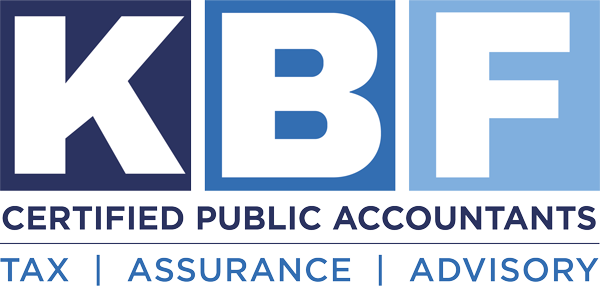Temporary California Net Operating Loss Suspension Signed into Law

History
California has at times either restricted the ability of individuals and corporations to utilize the full carryover amount of net operating losses (“NOLs”) or completely suspended net operating loss deductions for business entities and individuals with business income in response to facing budgetary constraints. For example, in response to the global mortgage crisis that began in 2008 and the severe recession that followed and triggered a state budget crisis, California suspended NOL deductions for years from 2008 through 2011.
CA Assembly Bill 85
With the COVID-19 pandemic an omnipresent influence on daily life, state governments are trying to recoup lost funds through tax law changes. As a result of the coronavirus pandemic, California has a projected budget deficit of around $54 billion. To mitigate the effects of lost general fund revenues and increased health and human services costs, on June 29, 2020, Governor Gavin Newsom signed into law Assembly Bill 85 (“AB 85”). Two of the main provisions of AB 85 mirror the state’s historical efforts to regain lost revenues by suspending NOL deductions and limiting business incentive tax credits. The projected revenues for these two provisions of AB 85 total $9.2 billion: $4.4 billion in 2020-2021, $3.3 billion in 2021-2022, and $1.5 billion in 2022-2023.
Suspension of Net Operating Loss Utilization
NOL usage for California taxpayers with net business income of $1 million or more will be suspended for tax years beginning on or after January 1, 2020 and before January 1, 2023. As with similar provisions previously enacted, the carryover period for suspended NOLs has been extended. For losses incurred in taxable years beginning on or after January 1, 2021, and before January 1, 2022, the carryover period has been extended one year. For losses incurred in taxable years beginning on or after January 1, 2020, and before January 1, 2021, the carryover period has been extended two years. For losses incurred in taxable years beginning before January 1, 2020, the carryover period has been extended three years. However, under Legal Ruling 2011-4, the California Franchise Tax Board (“FTB”) takes the position that unless a taxpayer could utilize at least $1 of NOL during a suspension year, the taxpayer is not entitled to the extended carryover periods.
Limitation of business incentive credits
AB 85 also limits the use of business incentive tax credits for taxable years 2020, 2021, and 2022 by requiring that credits not reduce the applicable tax by more than $5 million. This limitation is applied on a combined group basis. Similar to the suspended NOLs, credit carryforward periods have been extended by an additional year for each year the credit is impacted by the limitation. The limitation on the utilization of credits extends to the California research and development (“R&D”) credit, jobs tax credit, motion picture production credits, and California competes credit and impacts both corporate and personal income taxpayers. Certain credits, however, including the low-income housing tax credit and earned income tax credit, among others, are excluded from this limitation.
Implications and Tax Planning
As this assembly bill was passed prior to the close of calendar year entities’ quarter 2 close, it is necessary to evaluate the implications as part of any Q2 2020 filings and disclosures. Companies should consider whether or not it makes sense to implement tax planning strategies to increase taxable income in 2019 to utilize unrestricted NOLs and/or to reduce taxable income below $1 million for years 2020, 2021 and 2022 to the extent possible, such as, among many planning ideas, accelerating deductions, adopting accounting method changes, and making California 59(e) elections on 2019 tax returns to push deductions to years when the NOL is suspended. In addition, based on the methodology applied by the FTB under Legal Ruling 2011-8, depending on the value of the NOL available by year, under a cost versus benefit analysis, it may be advantageous for a taxpayer to increase taxable income above $1 million during one or more of the suspension years in order to obtain the additional carryover periods for certain prior year net operating loss carryforwards.
Conclusion
While this tax law change is inconvenient for many business entities, it is not a new method for states, particularly California, to employ to regain lost revenues. There is historical precedent for similar revenue generating measures instituted by California dating back many years. While COVID-19 continues to present ongoing business, economic, personnel, and planning challenges, ways to mitigate the impact of the California NOL suspension and the business incentive credit limitation should be highlighted and investigated.
